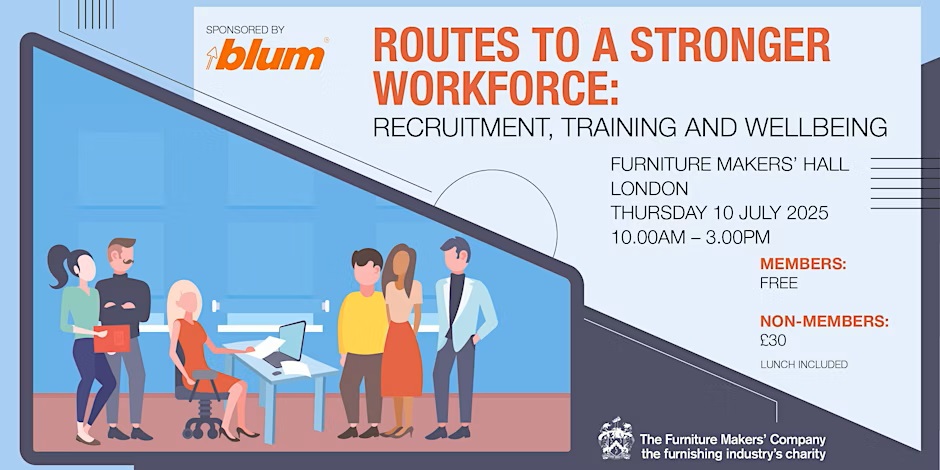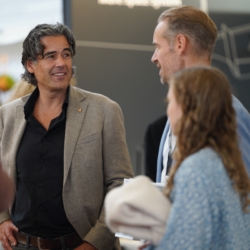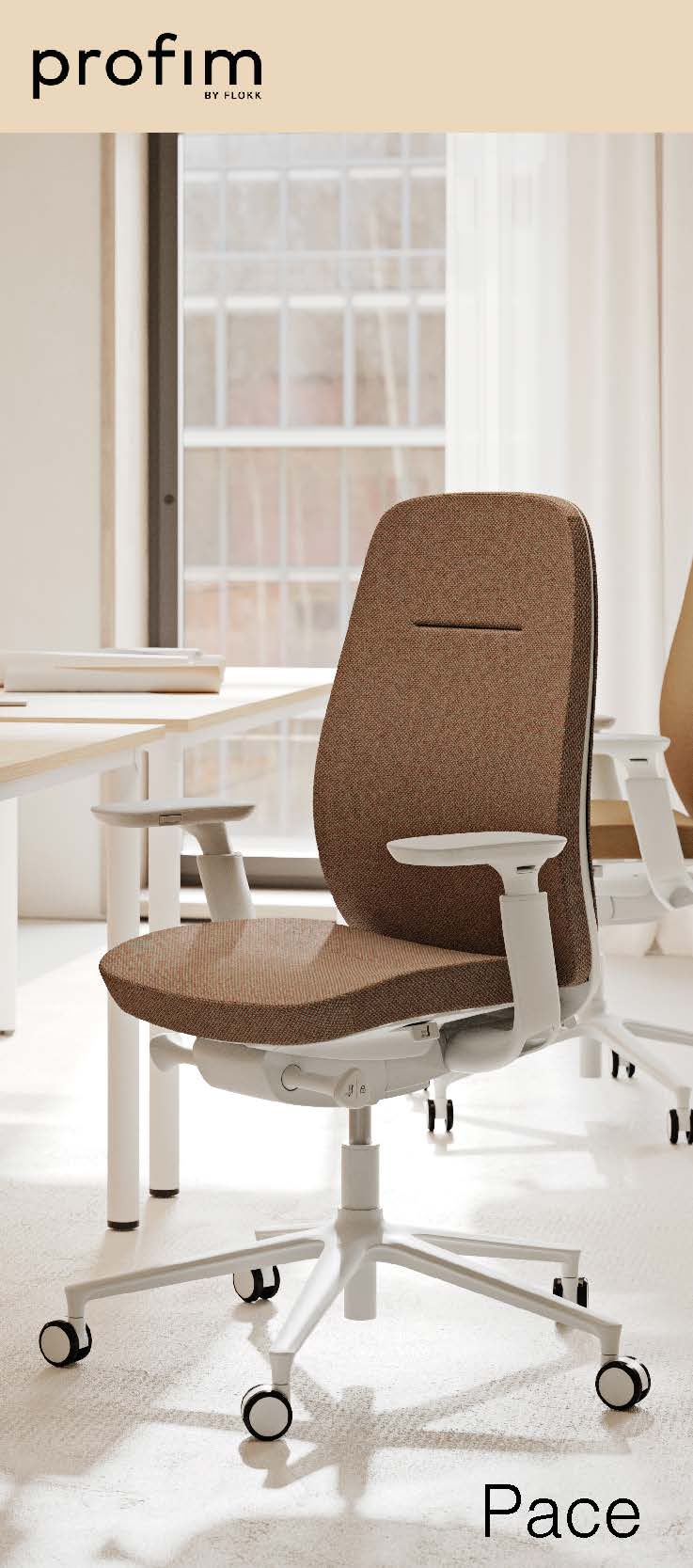May 18, 2025
Purpose and autonomy are better predictors of job satisfaction than pay and status, major study finds
 The most satisfying jobs and fulfilling occupations are those that offer a strong sense of purpose and autonomy rather than high pay or prestige, according to what researchers are calling the most comprehensive study yet of job satisfaction. Led by Kätlin Anni at the University of Tartu in Estonia, the study analysed data from 59,000 individuals and 263 occupations as part of the Estonian Biobank project. The research, now published as a preprint on PsyArXiv, offers new insights into the complex factors that shape job satisfaction and how people feel about their work and wider lives. (more…)
The most satisfying jobs and fulfilling occupations are those that offer a strong sense of purpose and autonomy rather than high pay or prestige, according to what researchers are calling the most comprehensive study yet of job satisfaction. Led by Kätlin Anni at the University of Tartu in Estonia, the study analysed data from 59,000 individuals and 263 occupations as part of the Estonian Biobank project. The research, now published as a preprint on PsyArXiv, offers new insights into the complex factors that shape job satisfaction and how people feel about their work and wider lives. (more…)


































April 30, 2025
Co-working spaces bring a whole range of benefits for employees and communities
by Mariachiara Barzotto • Comment, Flexible working, Property, Workplace design